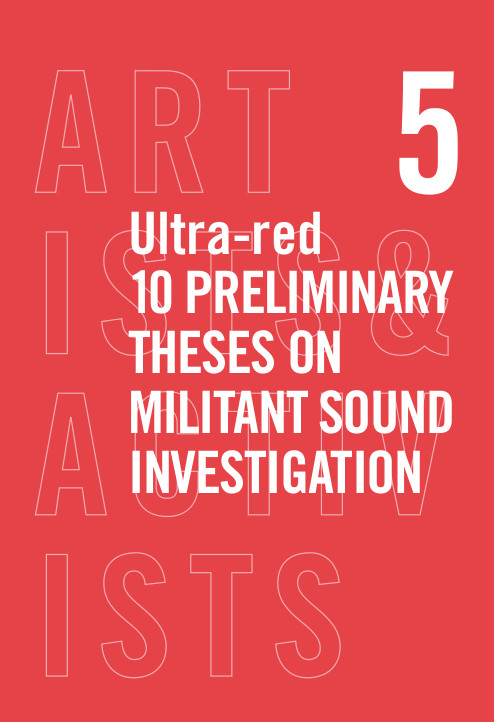Paul E. Ceruzzi: Internet Alley. High Technology in Tysons Corner, 1945-2005 (2008)
Filed under book | Tags: · history of technology, internet, military, technology

Much of the world’s Internet management and governance takes place in a corridor extending west from Washington, DC, through northern Virginia toward Washington Dulles International Airport. Much of the United States’ military planning and analysis takes place here as well. At the center of that corridor is Tysons Corner—an unincorporated suburban crossroads once dominated by dairy farms and gravel pits. Today, the government contractors and high- tech firms—companies like DynCorp, CACI, Verisign, and SAIC—that now populate this corridor have created an “Internet Alley” off the Washington Beltway. In Internet Alley, Paul Ceruzzi examines this compact area of intense commercial development and describes its transformation into one of the most dynamic and prosperous regions in the country.
Ceruzzi explains how a concentration of military contractors carrying out weapons analysis, systems engineering, operations research, and telecommunications combined with suburban growth patterns to drive the region’s development. The dot-com bubble’s burst was offset here, he points out, by the government’s growing national security-related need for information technology. Ceruzzi looks in detail at the nature of the work carried out by these government contractors and how it can be considered truly innovative in terms of both technology and management.
Today in Tysons Corner, clusters of sleek new office buildings housing high-technology companies stand out against the suburban landscape, and the upscale Tysons Galleria Mall is neighbor to a government-owned radio tower marked by a sign warning visitors not to photograph or sketch it. Ceruzzi finds that a variety of perennially relevant issues intersect here, making it both a literal and figurative crossroads: federal support of scientific research, the shift of government activities to private contractors, local politics of land use, and the postwar movement from central cities to suburbs.
Publisher MIT Press, 2008
ISBN 0262033747, 9780262033749
Length 242 pages
Philip Mirowski: Machine Dreams. Economics Becomes a Cyborg Science (2002)
Filed under book | Tags: · economics, game theory, mathematics, military, programming, quantum mechanics, turing machine

“This is the first cross-over book into the history of science written by an historian of economics. It shows how ‘history of technology’ can be integrated with the history of economic ideas. The analysis combines Cold War history with the history of postwar economics in America and later elsewhere, revealing that the Pax Americana had much to do with abstruse and formal doctrines such as linear programming and game theory. It links the literature on ‘cyborg’ to economics, an element missing in literature to date. The treatment further calls into question the idea that economics has been immune to postmodern currents, arguing that neoclassical economics has participated in the deconstruction of the integral ‘self’. Finally, it argues for an alliance of computational and institutional themes, and challenges the widespread impression that there is nothing else besides American neoclassical economic theory left standing after the demise of Marxism.”
Publisher Cambridge University Press, 2002
ISBN 0521775264, 9780521775267
655 pages
PDF (updated on 2012-9-5)
Comment (0)Ultra-Red: 10 Preliminary Theses on Militant Sound Investigation (2008)
Filed under pamphlet | Tags: · activism, military, sound recording

International sound art collective Ultra-red released this document to trigger discussion both within the collective and beyond on the theory and practice of sound-based activism.
Publisher Printed Matter, 2008
Issue 5 of Artists & Activists
ISBN 089439035X, 9780894390357
10 pages
PDF (updated on 2012-8-3)
Comment (0)
